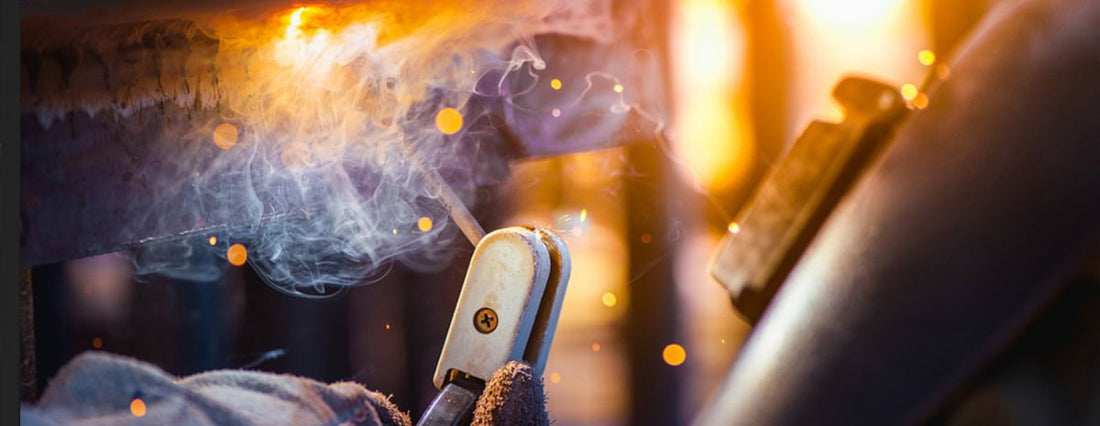Welding requires the use of an electrical power source in order to produce heat that is used to melt the flux on an electrode. Choosing the right amount of amperage is crucial to the success of your welds and is commonly determined by the size of the electrode you are working with and the type of metal that you will be welding. We have listed some steps below to help you determine the correct amperage you should be using while welding.
- The first thing you should look at is the size of the electrode in relation to the thickness of the metal you will be welding. If you are using a metal with a thicker base you will require more penetration in order to produce an effective weld. Choose your electrodes based on the thickness of the metal you’re welding.
- Once you have decided on an electrode, you should set the amperage to the suggested setting for the type of welding you will be performing. Many newer models of welding machines come with a chart which is attached to the welding machine to show the amperage setting for basic combinations of electrodes and metal thickness.
- Based on the electrode size you’re using, you should estimate the initial amperage needed. To estimate the amount of amperage needed, you can estimate it at one amp per thousandth of an inch of the diameter of the electrode.
- If you are welding a thin base metal, use one pass to determine if you are achieving enough penetration when welding. If you feel changes are necessary, make the correction and test the level of amperage again. Once you have determined that your machine is at the correct setting, you are ready to proceed with your welding.
- When welding thicker base metals, it may be necessary for you to make multiple passes in order to achieve the desired result. This is common if you are using a base metal that is thicker than 1/4 inch.
These are only a few steps in helping you determine the correct amperage to use when welding. Once you have more experience, you will be able to determine the correct amount of amperage without hesitation. As with any skill, perfecting it and understanding the techniques takes time and practice. If you are having trouble with this process don’t be afraid to ask a more experienced welder for help; after all, they were beginners once too.

